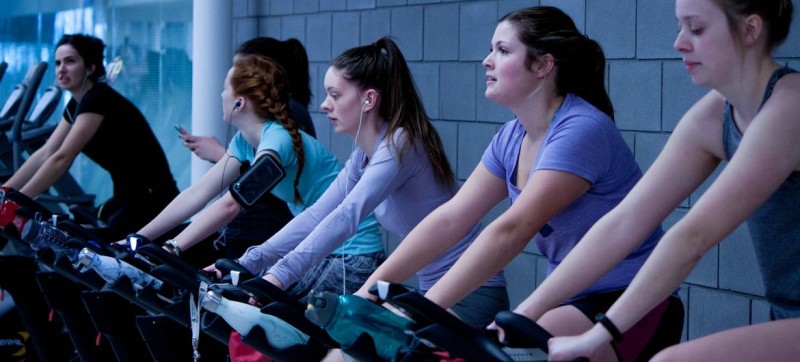Using doubly labelled water, a study has confirmed that your body attempts to counter the calories you burn in extra exercise activities, and that losing weight through exercise alone is even harder for overweight people. At the heart of many New Year’s resolutions is a fresh gym membership and an intensive exercise regime that promises to deliver quick results. But that is not necessarily the most efficient way for everyone to lose weight, according to a new study by the UN’s atomic energy watchdog. The International Atomic Energy Agency (IAEA) has published helpful new data from its Doubly Labelled Water (DLW) Database, which provide insights on the effectiveness of exercise to spur weight loss. The results aren’t as straightforward as you may think. “When enrolled into exercise programmes for weight loss, most people lose a little weight, some individuals lose lots, but a few unlucky individuals actually gain weight”, said John Speakman, chair of the DLW Database Management Group and one of the study’s authors. According to the study, in individuals with a normal body mass index of between 18.5 and 24.9, the body will offset calories burned during exercise by 28 per cent – meaning just 72 per cent of the calories will be lost over the course of the day. However, with age and weight, this ratio drops, and those with the highest body mass index will only lose 51 per cent of the calories burned in exercise. The study confirms that individuals differ in the way their bodies budget energy use, and people living with obesity may have difficulty losing weight as their bodies are efficient at hanging onto their fat storage. Track and field athlete and Tokyo 2020 Refugee Olympic Team member Anlelina Nadai Lohalith, originally from South Sudan, trains at a track in Nairobi. “There are many health benefits that can be gained by being more active and exercising but relying on exercise alone will not help you lose weight”, said Alexia Alford, an IAEA nutrition specialist and co-author. Guidelines for weight loss do not consider the reduction of calories burned through other regular life functions as the body compensates for the calories burned during exercise. “If you increase your activity your body will compensate for it in other areas and cut back in the calories burned in breathing, digesting, fidgeting, and in general body maintenance and function”, she explained. “This can actually add up to quite a lot”. Combining a healthy diet with a more balanced lifestyle is key to maintaining a calorific deficit for weight loss, according to the co-author. Using DLW for studying a body’s total energy expenditure is not new, but the high cost of oxygen-18 and the machines to measure it, has kept the studies small scale so far. In 2018, IAEA was approached by a group of DLW investigators who wanted to make their datasets more widely available, and the IAEA DLW Database was developed. Today, the database has DLW data from over 7,600 people, rendering it the world’s largest collection. Free and accessible to researchers with defined management-approved questions, the IAEA DLW Database contains information on diverse cases, ranging from athletes to cancer patients and people with cerebral palsy. As most of the data comes from studies conducted in Western countries, such as the United States and the Netherlands, the IAEA is looking to expand the dataset further, to include Asia, Africa and Latin America. Next year it will start a coordinated research project to add more lower-income country data. “Our database is an invaluable asset towards better understanding how the human body functions. This exercise study is a great example; whereas most DLW studies generally involve about 30 subjects, the exercise study had over 1,600, making the data very robust”, said Ms. Alford. “The data in the IAEA DLW database is an untapped treasure trove, and we encourage researchers to reach out to us to gain access to its contents and contribute their own datasets”. Jon Witt, practicing therapeutic yoga postures in Jersey City.Treadmill effect

More than just exercise
‘Untapped treasure trove’

The World Organization for Development has been endowed with consultative status with the UN ECOSOC since 2014. The World Organization for Development, which has consultative status wich the UN ECOSOC, develops and implements Global Initiatives to achieve the UN Sustainable Development Goals.




Comments are closed.